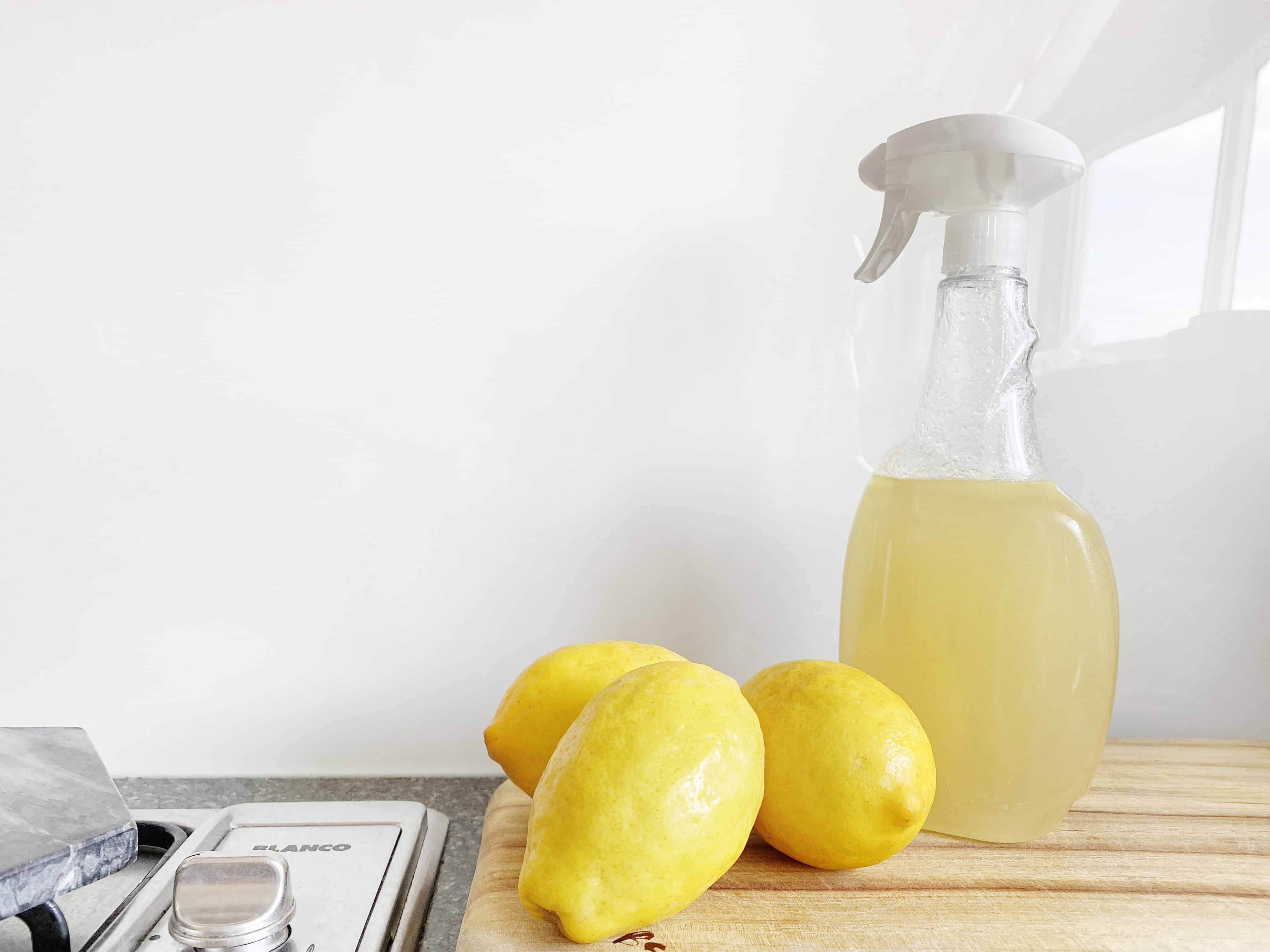First published: 26 January 2022 @ 6:00 pm
3. Cabbage Chemistry

For this experiment, you will need some fresh red cabbage, a cutting board, a sharp knife, a number of disposable cups, hot water, and a big water bottle. You will also need any of the following liquids available: shampoo, vinegar, toilet and floor cleaner, and dish soap.
Make sure you have an adult nearby and slice the cabbage leaves. Put them in the water bottle, fill it with hot water, and close the lid. Shake it and leave it. The water should be a purple color when you get back to it.
Fill the disposable cups, each with one different liquid from the list before. Then, strain the water cabbage solution before pouring the water into each cup carefully.
Each cup should end up a different color. This experiment teaches us about acid-base reaction, and the differences in acidity that certain chemicals can have.
3. Homemade Lava Lamp
This is a fun experiment for kids that will also teach you and them about the concepts of density. You will need water, oil, food coloring, a tall glass or bottle, and antacid tablets.
Pour water into the glass until about 1-to-2 inches tall and add the food coloring. Then, fill the rest of it up with oil, leaving some space so it won’t spill over.
Finally, drop an antacid tablet into the mixture and watch as the lava lamp begins to bubble and glow. This is because the tablet, which contains sodium bicarbonate and citric acid, will fizzle and form bubbles that float to the top due to the creation of carbon dioxide.
Share this article with your friends and family who are also looking for Cool Chemistry Experiments that Can Be Done Using Common Household Products!

